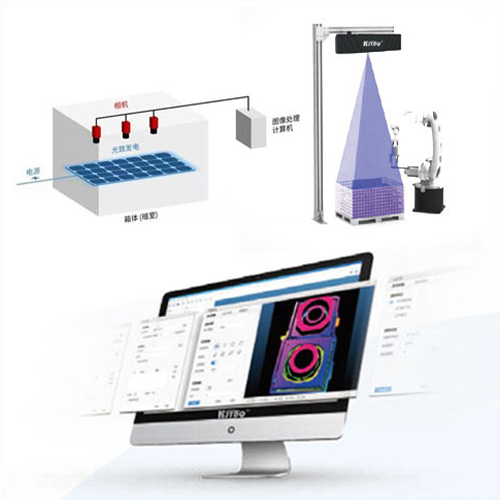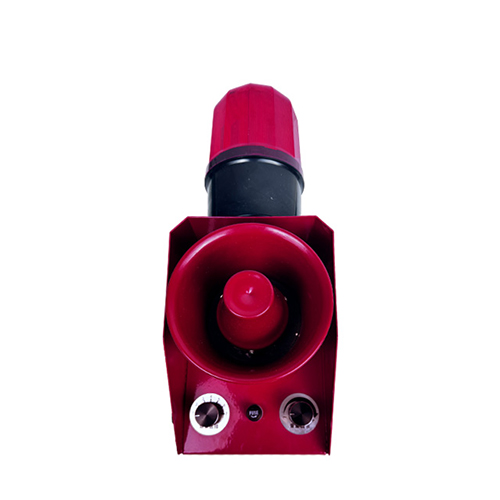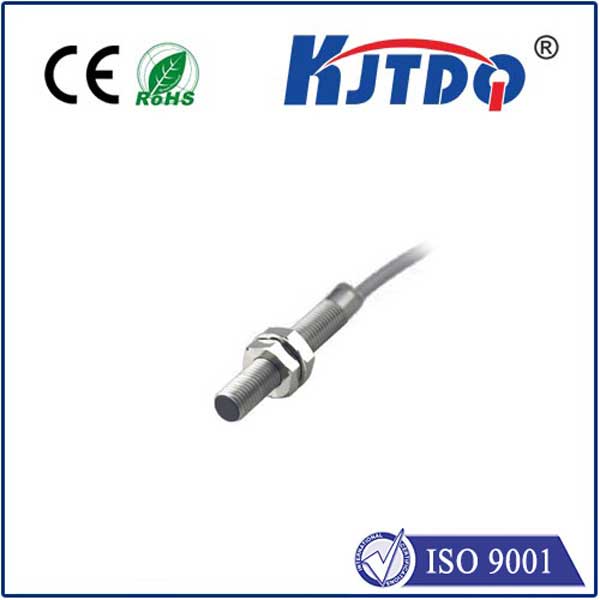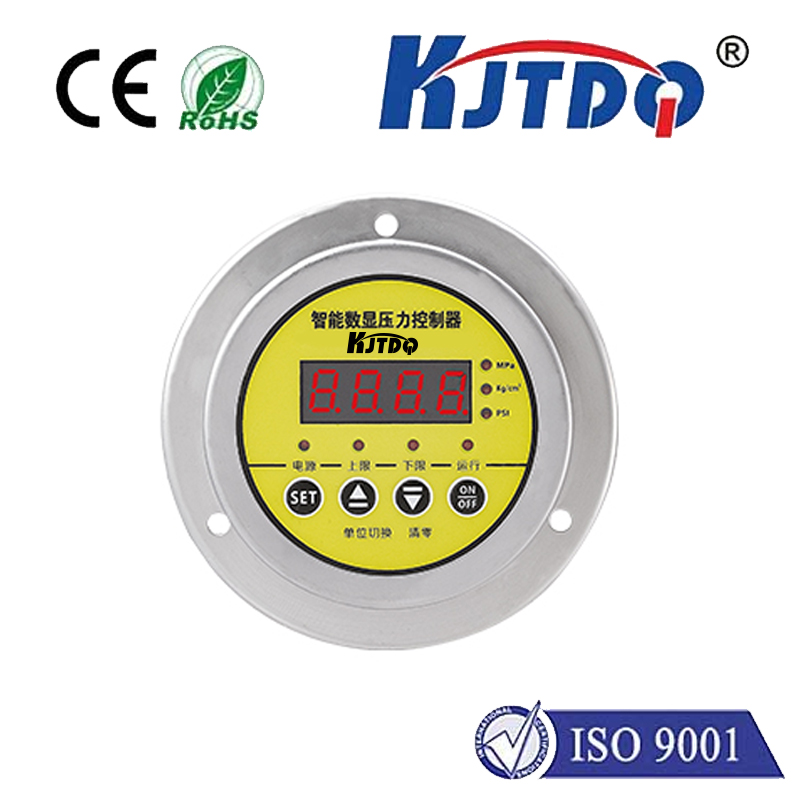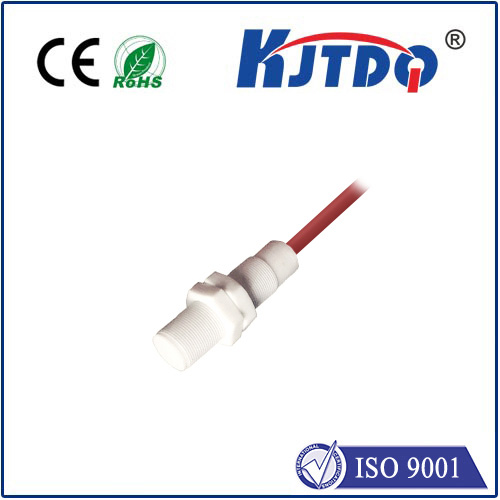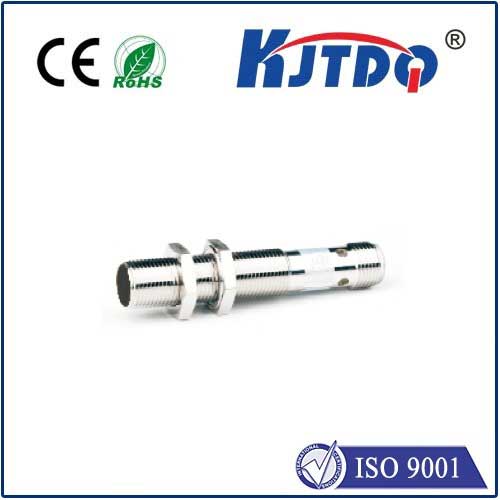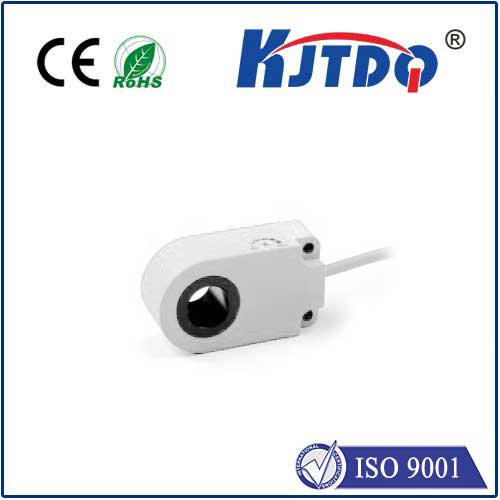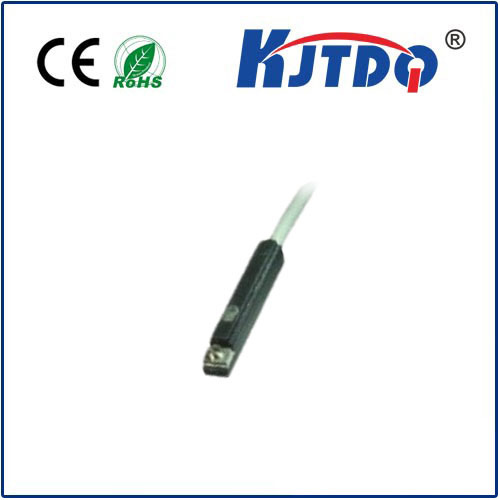E3FA-RN11 2M 24v photoelectric sensor
- time:2025-09-27 05:58:50
- Click:0
Unlocking Precision: Exploring the E3FA-RN11 2M 24V Photoelectric Sensor for Industrial Automation
In the pulsating heart of modern manufacturing and logistics, unseen sentinels work tirelessly to ensure smooth operations, precise positioning, and reliable object detection. Among these crucial components, photoelectric sensors stand out for their versatility and accuracy. Today, we delve into the specifics of one such powerhouse: the E3FA-RN11 2M 24V photoelectric sensor, examining its capabilities and why it’s a cornerstone in countless automation environments.
Understanding the E3FA-RN11: A Reliable Workhorse
The E3FA series, particularly the RN11 variant, represents a class of robust and dependable retro-reflective photoelectric sensors. Their core function is elegantly simple yet profoundly impactful: emit a beam of light and detect its reflection to confirm the presence or absence of an object within a specified range. What sets the E3FA-RN11 apart is its combination of specific features encapsulated in its model name:
- E3FA: Denotes the series, known for its compact, cylindrical design and reliable through-beam, retro-reflective, and diffuse-reflective sensing modes.
- RN11: Specifies this particular model as a retro-reflective type sensor. Retro-reflective models use a combined transmitter/receiver unit and require a reflective target (reflector) placed opposite the sensor. The sensor detects an object when it interrupts the beam between itself and the reflector.
- 2M: A critical specification indicating the sensing distance – 2 meters (approximately 6.56 feet). This defines the maximum reliable operating distance between the E3FA-RN11 sensor and its dedicated reflector. It strikes a balance between reach and practical application needs in many common setups.
- 24V: Specifies the operating voltage – 24V DC. This is the de facto standard voltage level for industrial control systems. Powering the sensor with 24V DC ensures compatibility with factory power supplies and Programmable Logic Controllers (PLCs), eliminating the need for complex voltage conversion.
Why 2 Meters and 24V Matter: Core Advantages
The 2-meter sensing distance of the E3FA-RN11 is far from arbitrary. It positions this sensor ideally for numerous common tasks:

- Conveyor Line Monitoring: Detecting products, boxes, or pallets across typical conveyor widths.
- Object Presence/Absence in Machinery: Confirming parts are loaded correctly in assembly stations or feeding mechanisms.
- Gate/Door Position Sensing: Monitoring whether access points are open or closed over reasonable spans.
- Pallet Handling: Verifying pallet placement or presence within racking systems.
- Packaging Applications: Triggering actions like label application or case sealing when a product passes the detection point.
This range offers significant operational flexibility without venturing into the complexities (and often higher cost) associated with ultra-long-range sensors.
The 24V DC operating voltage is equally significant:
- Universal Compatibility: Seamlessly integrates with the vast majority of industrial control panels, PLC I/O modules, and machinery wiring harnesses designed for 24V DC.
- Enhanced Safety: Operating at low voltage minimizes electrical hazard risks compared to higher-voltage sensors, a crucial factor in busy industrial settings.
- Noise Immunity: 24V DC systems generally exhibit superior noise immunity compared to lower voltages like 12V DC, leading to more reliable signal transmission in electrically noisy environments common in factories.
- Standardization: Simplifies inventory management, maintenance, and technician training, as 24V DC is the industrial norm.
Built for the Real World: Durability and Performance
Industrial environments demand ruggedness. The E3FA-RN11 doesn’t disappoint. Its hallmark stainless steel housing provides exceptional resistance to physical impacts, vibrations, and corrosive agents often present in manufacturing plants, warehouses, and outdoor applications. Furthermore, it boasts a high IP67 (IEC) / IP69K (IEC) ingress protection rating. This translates to:
- IP67: Complete protection against dust ingress and protection against the effects of temporary immersion in water (1 meter depth for 30 minutes).
- IP69K: Protection against high-pressure, high-temperature water jets – essential for environments requiring frequent washdowns, such as food & beverage or pharmaceutical processing.
This robust construction ensures the E3FA-RN11 2M 24V photoelectric sensor delivers consistent performance and long operational life, even in the most challenging conditions, significantly reducing downtime and maintenance costs.
Optimizing Performance: Installation and Features
Achieving the best results from your E3FA-RN11 involves understanding its operation:
- Reflector Selection: Utilize the manufacturer-recommended reflector designed specifically for the 2-meter range. Using an incorrect reflector can drastically reduce effective sensing distance and reliability.
- Alignment: Precise alignment between the sensor and the reflector is crucial for consistent detection. Leveraging the sensor’s visual indicators (typically a stable light when aligned correctly) is key during setup.
- Environmental Factors: While generally robust, be mindful of extreme factors like highly reflective backgrounds near the sensing path, dense fog, or heavy accumulated dirt on lenses or reflectors, which can interfere with the beam. The sensor’s built-in sensitivity adjustment (often via a potentiometer) can often compensate for minor environmental challenges or aging components.
- Output Configuration: The E3FA-RN11 typically features a solid-state NPN or PNP output (confirm the specific suffix in the model number), easily connecting to PLCs and control systems.
Versatile Applications Across Industries
The E3FA-RN11 2M 24V photoelectric sensor finds application wherever reliable, contactless object detection is needed within its operational range:
- Material Handling & Logistics: Monitoring package flow on conveyors, detecting pallet presence in AS/RS, counting objects.
- Packaging Machinery: Controlling filling levels, verifying label/cap presence, detecting jam conditions.
- Automotive Assembly: Ensuring parts are in position for robotic welding or assembly, checking door/hatch open status.
- Food & Beverage Processing: Bottle/can presence detection on filling lines, case packer operation.
- Woodworking & Metalworking: Detecting workpiece position for machining or cutting operations.
- Access Control: Monitoring gate or door positions in secure areas.
Conclusion
The E3FA-RN11 2M 24V photoelectric sensor exemplifies the perfect blend of essential industrial specifications: a practical 2-meter sensing range, the universally compatible 24V DC power requirement, the robust stainless steel construction, and the vital IP67/IP69K protection. Its proven retro-reflective technology offers a reliable and cost-effective solution for a vast array of object detection tasks. For engineers, maintenance personnel, and system integrators seeking a dependable, versatile, and easy-to-integrate sensor capable of withstanding harsh industrial environments while delivering precise performance, the E3FA-RN11 2M 24V remains a compelling choice, quietly ensuring efficiency and accuracy on production lines around the globe.






